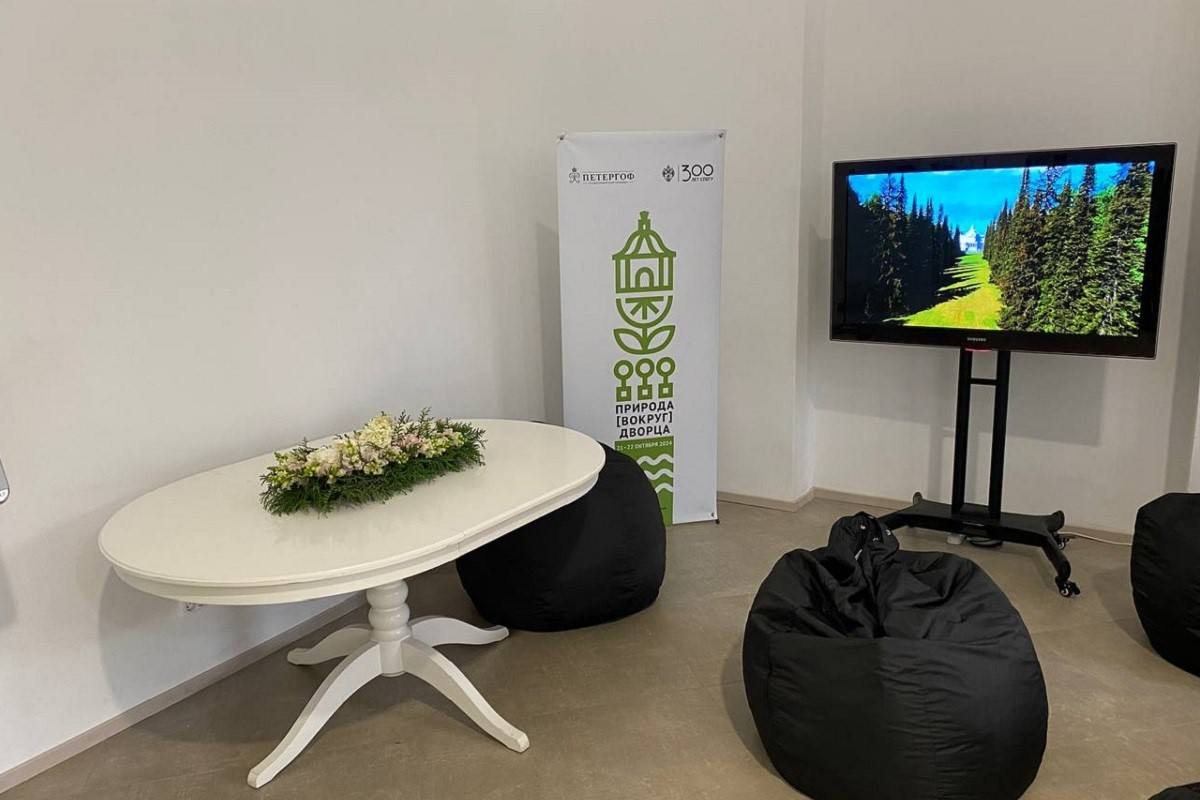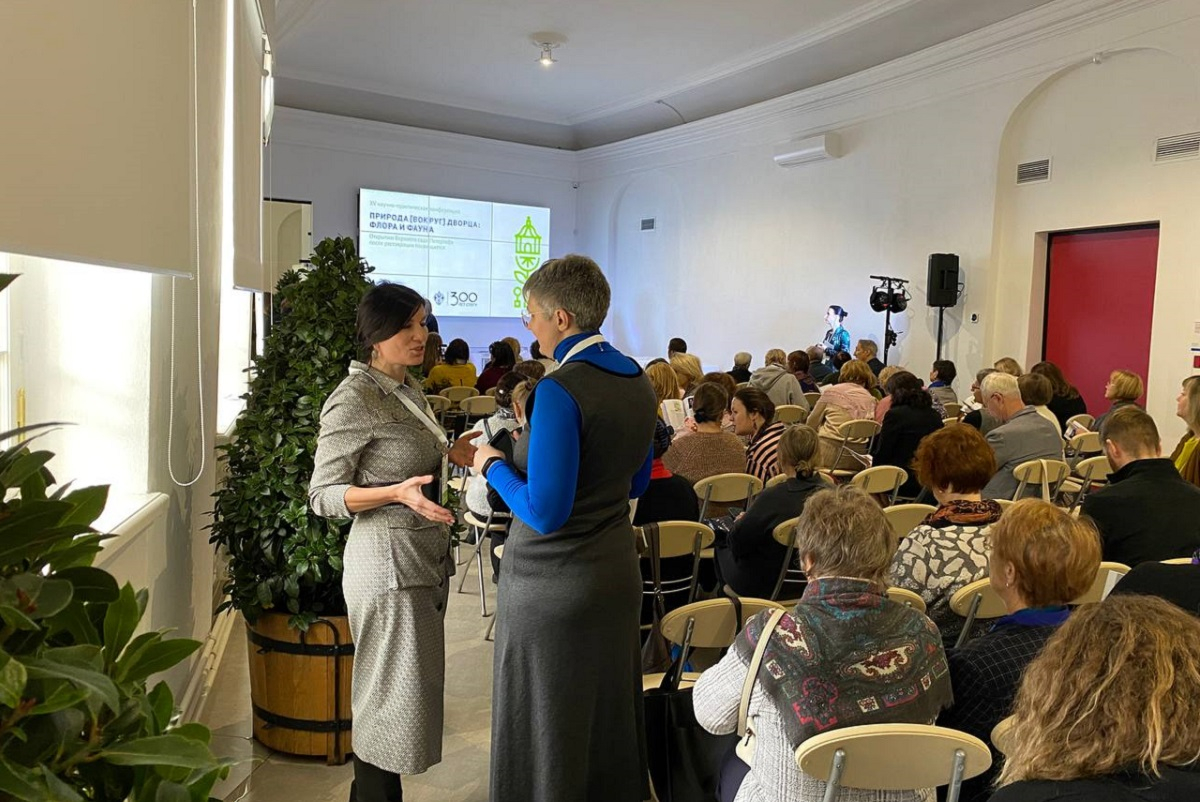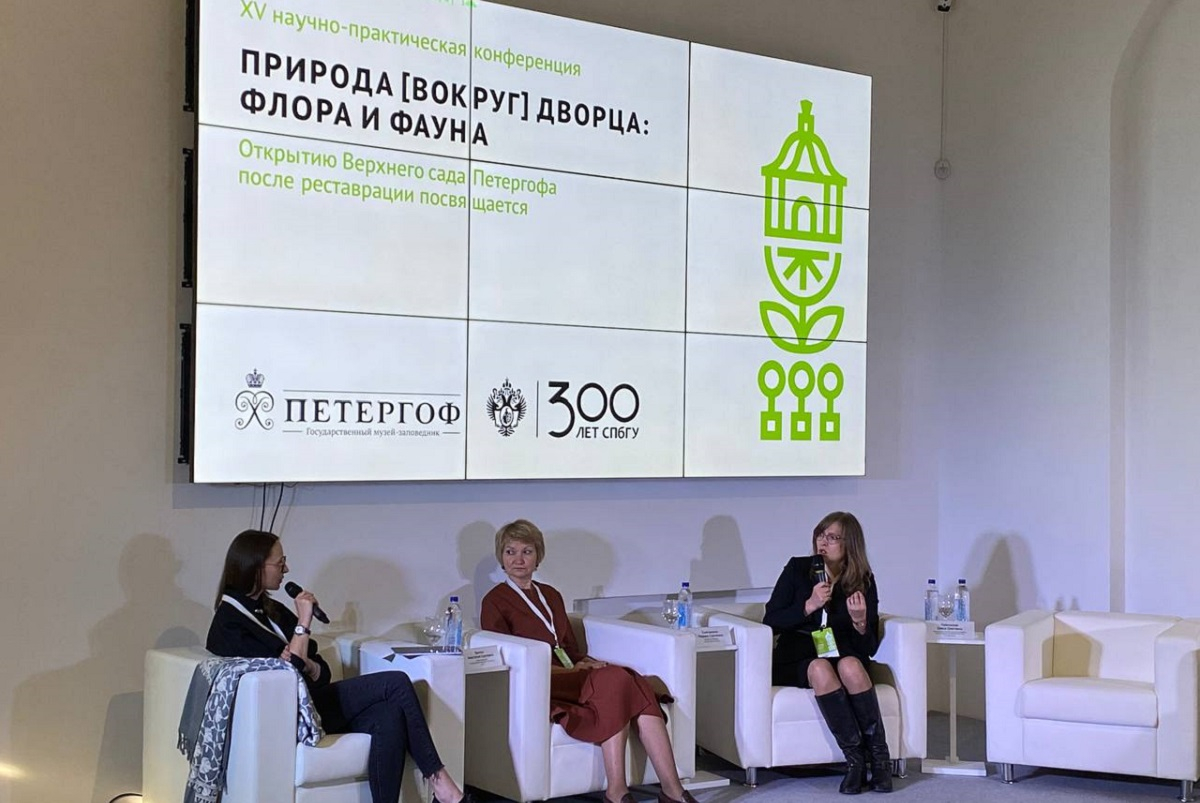"A tale about the found time": what is the primary purpose of gardens and parks in the 21st century?
The Peterhof State Museum Reserve has hosted the 15th Scientific and Practical Conference "Nature [around] the Palace: Flora and Fauna," co-organised by St Petersburg University. The event coincided with two significant occasions: the 300th anniversary of St Petersburg University and the reopening of the Peterhof Upper Garden after extensive restoration.
More than 30 scientists, researchers, and specialists from museums and reserves, botanical gardens, and universities gathered in the Grand Orangery to discuss the future of centuries-old parks, which form part of the national and world cultural heritage. In his opening remarks, Roman Kovrikov, General Director of the Peterhof State Museum Reserve, emphasised that the main goal of any landscape work is to restore for modern individuals the sense of lost time and personal space, both of which are often diminished by the fast pace of contemporary life and the overwhelming flow of information.
The director of the Peterhof State Museum Reserve was supported by Anastasia Yarmosh, Senior Vice-Rector for Strategic Development and Partnership of St Petersburg University, who emphasised that the defining characteristic of any garden is its vitality.
When we find ourselves in a park or garden, we are confronted with everyday life, which we cannot always influence. Therefore, regardless of historical epochs, paradigm shifts and generational changes, such spaces will always have a life that has been shaped here throughout their existence.
Anastasia Yarmosh, Senior Vice-Rector for Strategic Development and Partnership of St Petersburg University.
For two days, specialists from various fields—historians, art experts, botanists, zoologists, architectural historians, and experts in agricultural sciences—presented their reports across six scientific sections. The topics covered a broad spectrum of research, including: the biodiversity of flora and fauna in the grand ensembles of Moscow and St Petersburg; the semantic and historical significance of gardens and parks; palace economy; and the present-day life of open-air museums. Among the main speakers were scholars from St Petersburg University.

A variety of studies on Sergievka Park were presented by researchers from St Petersburg University in the section "Gardens: modern life." Kseniia Bakhmatova, Associate Professor in the Department of Biogeography and Nature Protection, and Anastasia Sheshukova, Associate Professor in the Department of Soil Science and Soil Ecology, conducted a large-scale analysis of the soils and landscape of Sergievka Park. Marina Nadporozhskaya, Associate Professor in the Department of Agricultural Chemistry, discussed the restoration of a unique structure—the Farm object.
Among the presenters in the session "Plants: historical assortment" were: Nataliia Terekhina, Associate Professor in the Department of Biogeography and Nature Protection at St Petersburg University; and Dmitry Suslov, Senior Research Associate in the Department of Plant Physiology and Biochemistry at St Petersburg University. Nataliia Terekhina presented a theoretical overview of the species diversity of plants found in the palace gardens of Moscow and St Petersburg. She paid particular attention to the Izmaylovo Estate, the Tsaritsyno Palace and Park Ensemble, Catherinehof Park, and Alexandria Park.
Dmitry Suslov’s research had practical significance, focusing on the greening of cities, suburbs, and historic parks in a warming climate. The researcher highlighted that the rise in temperature in St Petersburg presents both challenges, such as the emergence of new dangerous diseases, and opportunities, including the ability to grow virus-resistant, heat-loving plants. In light of these factors, solutions were proposed to preserve the historical appearance of St Petersburg’s green spaces.
One solution could be to replace dying native species in the greening of historic parks with closely related species that have developed resistance to pathogens through long co-evolution. Another option is to plant visually similar but unrelated tree species. For instance, European hornbeam could be used as a substitute for elm.
Dmitry Suslov, Senior Research Associate in the Department of Plant Physiology and Biochemistry at St Petersburg University
The conference also featured a panel discussion titled "Garden? Museum! Preservation of Historic Landscapes." It was attended by representatives from the State Museum Reserves of Pavlovsk and Peterhof, the State Historical, Architectural, and Natural Museum Reserve of Monrepos Park, and the Botanical Garden of St Petersburg University. Together with the audience, the participants in the discussion explored the tensions between society, museums, and the state during restoration work. According to Anastasia Yarmosh, one potential solution to this issue is to involve local residents in the process through preliminary sociological surveys. "Tourists who visit our beautiful museums and parks are unaware of what existed before the restoration or what will be there afterwards. Their visits are usually one-off, so they are not our 'at-risk' audience. The local residents, whose daily lives are connected to these spaces, are the potential audience we need to engage with. It is essential to understand how reconstruction will affect people’s daily habits, determine how else to meet their needs, and create new value," concluded Anastasia Yarmosh, Senior Vice-Rector for Strategic Development and Partnerships at St Petersburg University.



